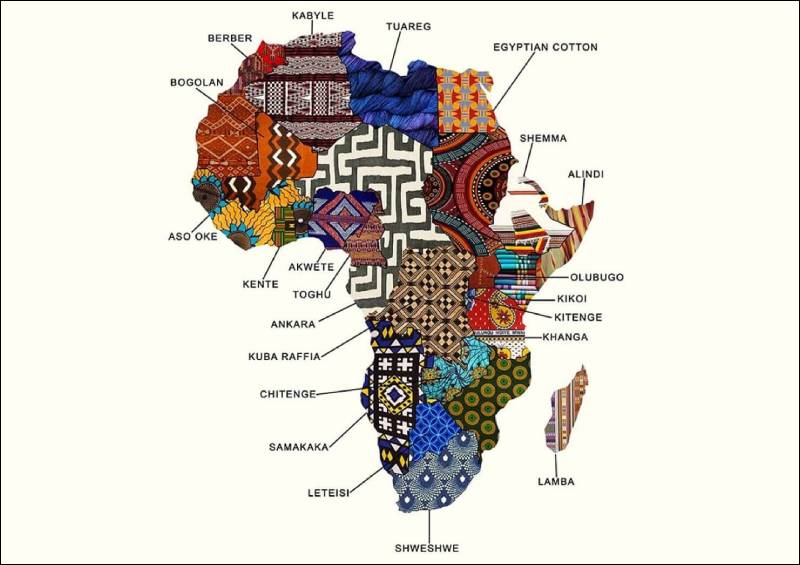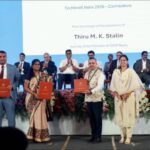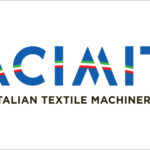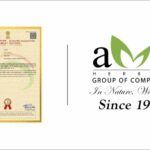Change the Mindset, Devise Strategy & Plan Roadmap

Kenya & India: A Strategic Partnership by Avinash Mayekar, Suvin Expo LLP
During my recent visit to Kenya for the ITME Africa & ME 2023 technology & engineering show, I gained valuable insights into Kenya as a developing textile hub. Through key interactions with the government, local bodies, and industry patrons of Kenya, I comprehended the industrial scenario and identified a synergy between Kenya’s needs and India’s offerings. This, I believe, should evolve into a strategic relationship.
I would like to emphasize that Kenya holds immense potential, abundant resources, a domestic market eager for import substitutes, cotton cultivation, and a proactive and learning workforce. To succeed, they need to explore new products with technical specifications, most of which can be manufactured in-house with technological advancements from India. For technologies not yet developed in India, outsourcing is a feasible option.
Resources of Kenya:
- Kenya possesses naturally fertile soil suitable for cotton cultivation, making it an attractive location for cotton harvesting.
Strengths of Kenya:
- Population: Kenya boasts an 82% literacy rate, the highest in Africa, and 70% of its population is under 35 years, proficient in English. This provides a trainable workforce for acquiring textile skills and utility management.
- Natural Fiber Availability: Rich cotton-growing soil and ready access to power and adequate water.
- Market Access: Kenya enjoys free entry to international markets, particularly through AGOA.
- FDI Attraction: As the 3rd largest economy in sub-Saharan Africa, Kenya presents a GDP of US$ 113.4 Billion and a 5% average annual growth rate.
- Connectivity: Ranking 2nd in Africa in the Logistics Performance Index, Kenya has well-networked regional transport corridors and key infrastructure, including international airports and seaports.
Existing Textile Industry of Kenya:
- Kenya currently has 65 Textile and Apparel Manufacturers, with 7 textile mills (3 running on cotton), 29 units in Export Processing Zones (EPZ), and 4 ginneries in operation. Despite modest numbers, Kenya leads in apparel exports to the USA under AGOA, indicating substantial potential for backward integration.
What India Can Supply:
- Textile Machinery & Accessories: India can build strategic relations with Kenya for technology and skill set development. Indian textile technology and engineering manufacturers can supply the required machines, including setups for ginning, spinning, weaving looms for textiles and technical textiles, as well as processing and printing machinery. India can also serve as the right partner for knitted and woven garment machines.
- Financial Aid: Kenya can benefit from financial aid from the Exim Bank of India, which supports capital goods sourcing and offers various schemes for overseas projects exporting Indian goods. The “Ubharte Sitaare Programme” not only provides finance but also extends extensive handholding support with technical assistance.
- Cotton: India can be the right partner for ensuring the quality yield of cotton. Research associations from India can assist in testing and harvesting by providing the right quality of seeds and training. Until the harvest is at its peak in Kenya, the balance of cotton can be made available from India, along with comber noil & fine variety.
Opportunities for Kenya:
- Woven Technical Textiles: Opportunities include canvas fabric, tarpaulins, canopies for transportation and buildings, tents for camping, camouflage fabrics for military and army, agrotextiles for quality cotton harvest and other farming requirements, nonwovens for hospitals and healthcare (e.g., bleach cotton & disposable products), geotextiles, geo bags, acoustic panels, insulation felt, rugs, mattresses, nonwoven blankets, weaving, and digital printing for beautiful African prints at an economical cost and scale of operation, industrial textiles for a rising manufacturing base, and supplying recycled fibers globally from recycled textiles.
Conclusion
Success requires a specific and thoroughly researched strategy. Suvin, as a management consultant, can map out a strategy specific to Kenya, formulate short-term and long-term goals, and provide guidance on mission and vision for Kenya’s textile industry. With their experience, they can suggest profiles with investment ratios and profitability indexes for various textile opportunities in Kenya. The prospective investor would then select the right product mix from the created profiles. Suvin can also assist in collaboration and joint ventures with the right partners in India and overseas.
Way Forward:
- Kenya can strategically partner with India to gain experience not only in developing strong dominance in the spinning segment but also to leverage the appropriate machinery manufactured by Indian players.
- Kenya, focusing on its rich culture and colorful apparels, can benefit from India’s supply of the latest textile engineering technology and skill development to revive the Kenyan textile industry.
- Kenya can take advantage of cotton research from India to increase the yield and quality of cotton.
- Kenya can look at India as its partner for raw materials for manmade fiber for technical textiles to be produced as import substitutes.
- Suvin, as a management consultant, can handhold Kenya in devising a strategy.














